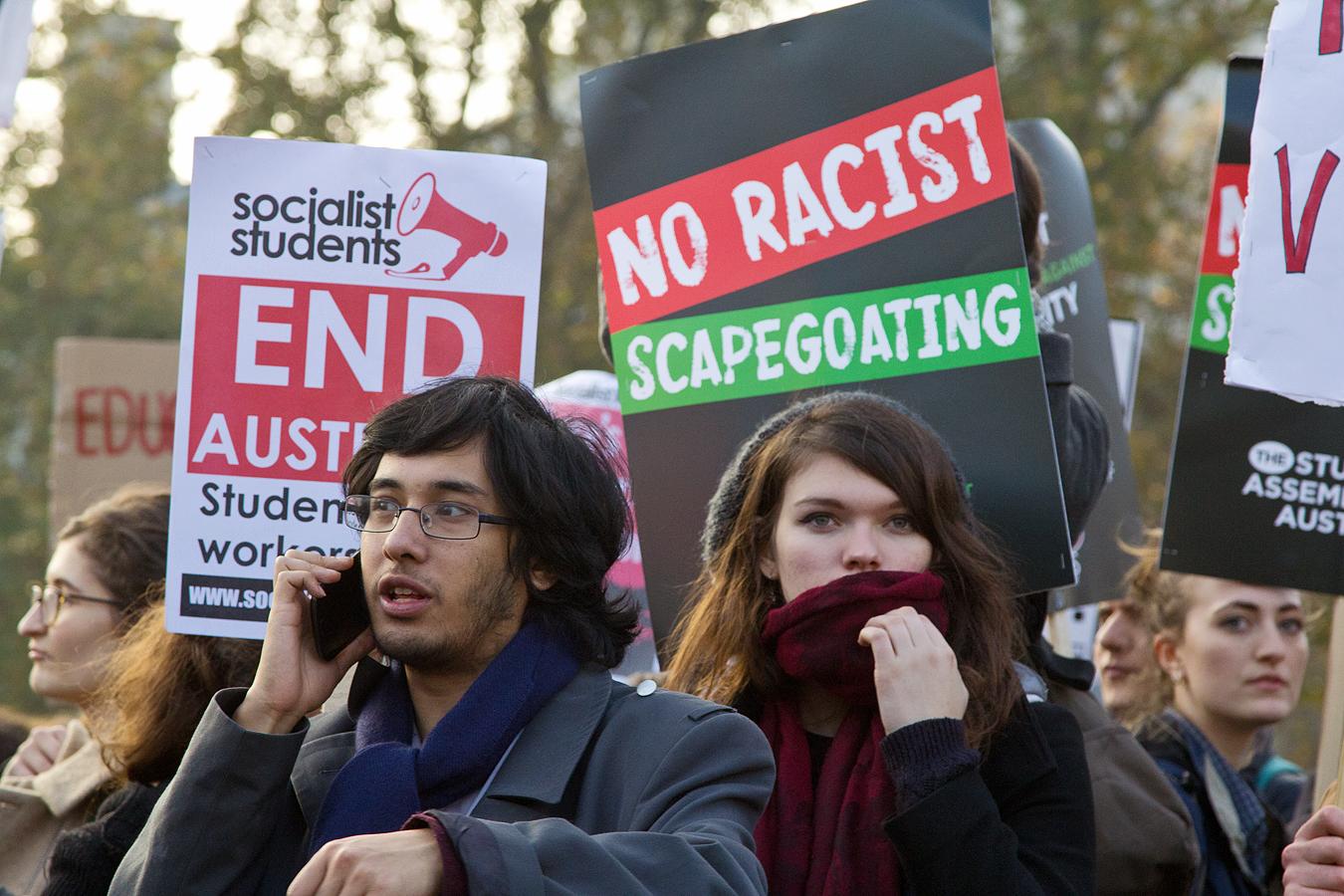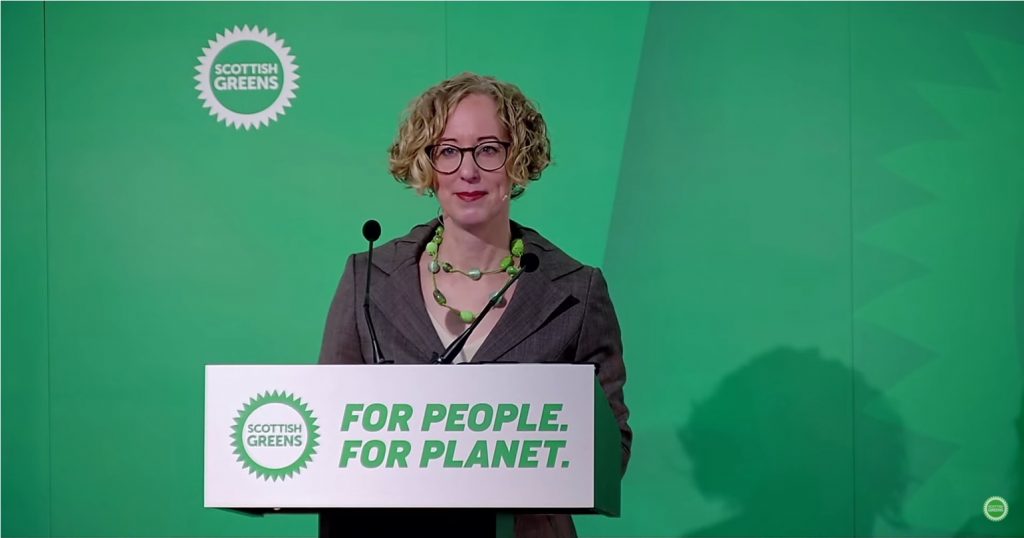Youth turnout in the 2017 general election- what was going on?

While the opinion pollsters are still crunching the data, initial evidence suggests that there was a considerable increase in youth turnout in this year’s general election, which has contributed to a hung Parliament.
Part of the explanation for this may be the movement away from the important degree of ideological convergence that was previously seen between the Labour and Conservative parties, as they fought over the elusive ‘median voter’ and moved towards the centre of the political spectrum which resulted in voters being offered a less clear choice.
However, the Conservative’s embrace of austerity politics and significant cuts to public spending in recent years, and Labour’s shift to the left under first, Ed Miliband, and then even more decisively, Jeremy Corbyn, have seen the two main parties move much further apart.
At the same time, a really significant political divide seems to have opened up along age demographics in Britain. YouGov polling suggests a huge Labour lead over the Conservatives among voters aged under 25, with the picture reversed among over 65s.
A combination of factors would appear to have led to a significant increase in turnout among young voters. First, campaigns to encourage electoral registration and voting. Figures from the Electoral Commission suggest a surge in the number of young people registering to vote in the weeks after the general election was called. Organisations such as Bite the Ballot and the NUS worked hard to both register young people and persuade them to cast their ballots.
Second, concerns about Brexit. Turnout in the EU referendum among young people was much higher than their turnout in recent general elections, with about 60% of 18 to 24-year-olds voting, and young people voted much more heavily than older people for the UK to remain in the EU (around 71% of 18 to 24-year-olds voted to remain, compared with just 36% of over 65s).
Third, the impact on young people of austerity. Young people have borne the brunt of austerity measures, such as the increase in university tuition fees. Young people, including graduates, face modest and stagnating wages and increasingly unaffordable housing costs. Labour’s promise to abolish tuition fees and increase the minimum wage therefore held considerable appeal.
Fourth, Jeremy Corbyn’s leadership. Without the spin and the focus groups that characterised New Labour, Corbyn appeals to many young people as a result of a perceived authenticity, with his long-held, principled and idealistic stances on many issues on which young people have strong views, such as increasing investment in education and healthcare.
Finally, the effective use of social media by Corbyn supporters. Campaigners used both social media and celebrity endorsements to promote Corbyn and the Labour party, bypassing the virulent anti-Corbyn sentiment expressed in the predominantly right-wing press.
At the time of writing, YouGov has released figures suggesting that 57% of 18 and 19-year-olds and 59% of 20 to 24-year-olds voted. Other opinion pollsters are currently working on estimates. However, it was clear very quickly that youth turnout had increased. The fact that overall turnout increased to 69%, up from 66% in 2015, that there was a significant rise in overall turnout in seats in towns and cities with universities, that seats with the highest proportions of 18 to 24-year-olds also had above average swings to Labour, and that Labour performed much more strongly than predicted by most polls, all suggested that 18 to 24-year-olds had voted in higher numbers than in recent general elections.
Between the 1960s and up to and including the 1992 general election, more than 60% of 18 to 24-year-olds voted in general elections. This fell to around 56% in 1997 and declined even more dramatically to below 40% in 2001 and 2005, increasing slightly to around 44% in 2010 and then decreasing to 43% in 2015. Evidence from the European Social Survey shows that young people’s electoral turnout in the UK has been among the lowest in Western Europe in recent years.
But since the election result, several Conservative MPs have blamed the party’s failure to win a majority in Parliament, in part, on youth turnout, evidently wishing that young people had been more apathetic. Given that the evidence suggests that voting is habit-forming, this election may not be an anomaly but instead may represent the beginning of a new trend in young people’s much greater engagement with electoral politics. If so, they will be a demographic that can no longer be ignored by policy-makers.
Dr Ben Kisby is a Senior Lecturer in the School of Social and Political Sciences at the University of Lincoln, UK.




Seems unbeleivable that these Politicians have little clue apparently, what do they study?? the economy is probably the most important subject, I just hope the Green party is ahead of the curve which I think they are!!
Ditch the stupidity of AUSTERITY it is just a big CON like that party & they have made the debt worse & will continue to while in charge.
Seems unbeleivable that these Politicians have little clue apparently, what do they study?? the economy is prpobably the most important subject, I just hope the Green party is ahead of the curve which I think they are!!
Ditch the stupidity of
AUSTERITY it is just a big CON like that party & they have made the debt worse & will continue to will in charge.